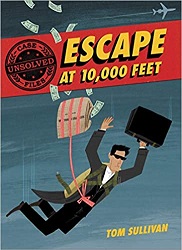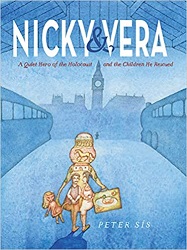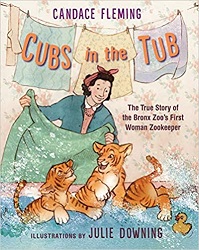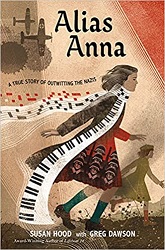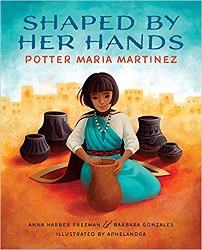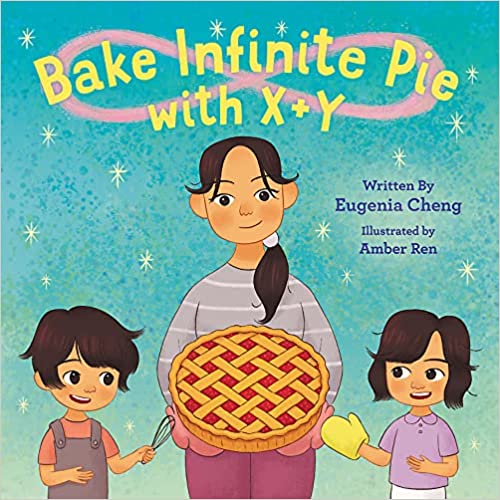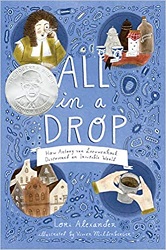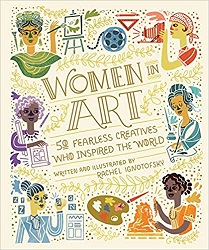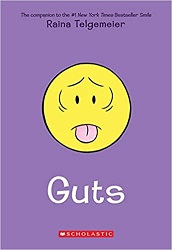Review of Escape at 10,000 Feet, by Tom Sullivan
Escape at 10,000 Feet
D. B. Cooper and the Missing Money
by Tom Sullivan
Balzer + Bray (HarperCollins), 2021. 98 pages.
Review written April 19, 2021, from a library book
Starred Review
This book clearly lays out for kids all the facts about the only unsolved airplane hijacking case in the United States.
It happened in 1971. A man who called himself Dan Cooper hijacked an airplane and asked for $200,000 in cash and two front and two back parachutes. He later jumped off the plane and was never heard from again – but neither was his body found.
The money he was given was marked – and it was never used. But in 1980, a child found three bundles of twenty dollar bills from the hijacking – buried in a riverbank in the general area where the man had jumped off the plane.
It’s all presented in a matter-of-fact, precise way, with eye-catching pictures on every page. Some theories are presented at the end, along with why they are probably wrong.
Metal detector screenings at airports began shortly after this episode. Kids will be amazed at how lax security was back in 1971, though still amazed at what D. B. Cooper was able to do – though they might argue whether or not he lived through it.
I don’t think of myself as interested in true crime, but I couldn’t stop reading this one. It’s especially intriguing to realize it really happened.
thomasgsullivan.com
harperalley.com
This review is only on the blog.
Disclosure: I am an Amazon Affiliate, and will earn a small percentage if you order a book on Amazon after clicking through from my site.
Disclaimer: I am a professional librarian, but the views expressed are solely my own, and in no way represent the official views of my employer or of any committee or group of which I am part.
What did you think of this book?
